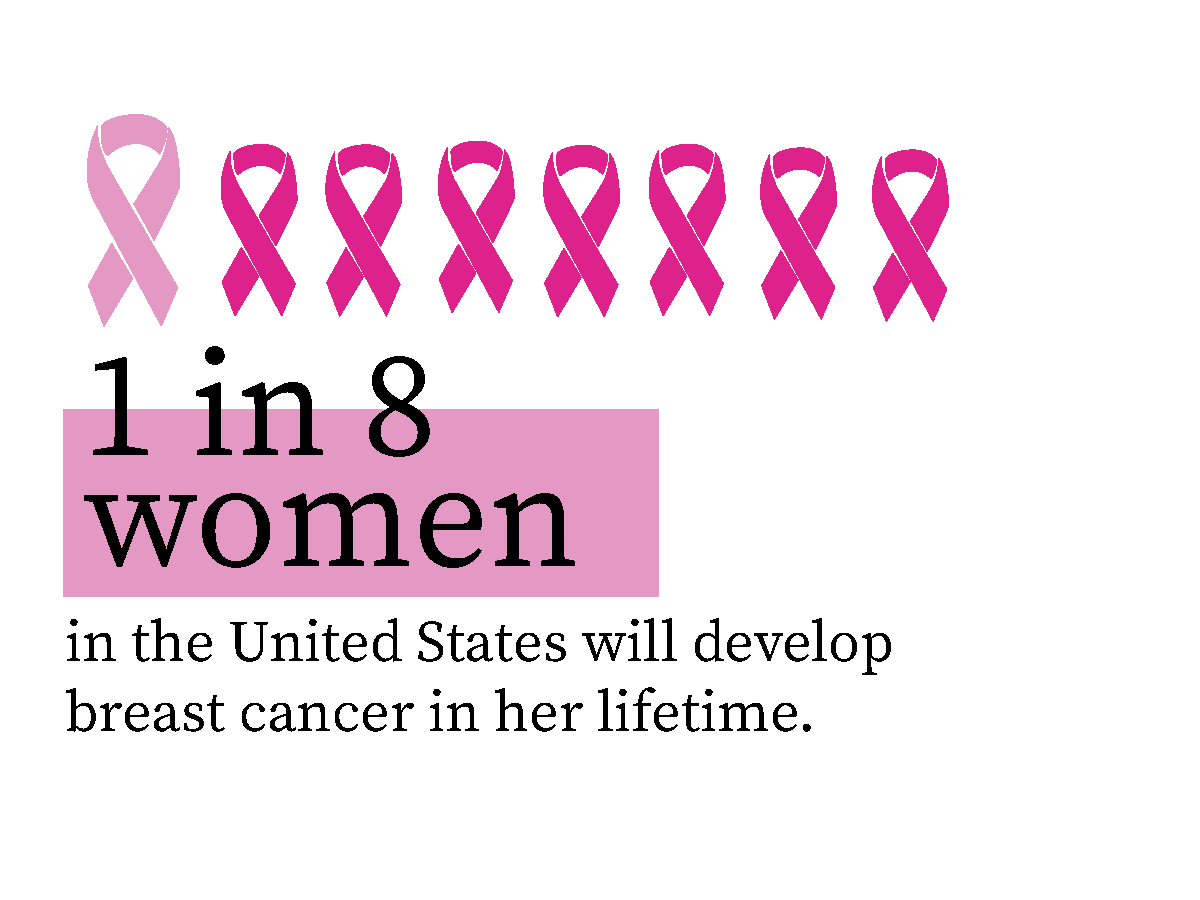
In recognition of Gynecological Awareness Month, we’re shedding some light on the 5 types of gynecological cancer to help understand contributing risk factors and preventative detection. Women can feel confident in taking control of their health with knowledge to promote early detection, effective treatment, and overall well-being.
1. Ovarian Cancer:
Ovarian cancer originates in the ovaries, the small organs responsible for producing eggs and hormones. Often called the “silent killer,” ovarian cancer’s symptoms are vague and easily mistaken for other conditions. Risk factors include a family history of ovarian or breast cancer, mutations in the BRCA1 or BRCA2 genes, and increasing age. Regular pelvic examinations and awareness of symptoms like bloating, abdominal pain, and changes in bowel habits are crucial for early detection.
2. Cervical Cancer:
Cervical cancer primarily arises from the cells lining the cervix, the lower part of the uterus that connects to the vagina. Persistent infection with high-risk strains of the human papillomavirus (HPV) is the main risk factor. Regular Pap tests (Pap smears) can detect precancerous changes early, allowing for intervention before the cancer develops. HPV vaccines are also available for preventive measures.
3. Uterine (Endometrial) Cancer:
Uterine cancer originates in the lining of the uterus, called the endometrium. It is often linked to hormonal imbalances, particularly excess estrogen. Obesity, diabetes, and a late onset of menopause are risk factors. Unusual vaginal bleeding, particularly after menopause, is a common symptom. Early diagnosis can lead to effective treatment options like surgery, radiation, or chemotherapy.
4. Vaginal Cancer:
Vaginal cancer is a rare type of gynecological cancer that forms in the cells lining the vagina. It can develop in women of any age, but is more common in older women. Risk factors include exposure to the drug diethylstilbestrol (DES) during pregnancy, a history of cervical cancer, and smoking. Symptoms may include vaginal bleeding, pain, and discomfort.
5. Vulvar Cancer:
Vulvar cancer occurs on the external genitalia, including the labia, clitoris, and vaginal opening. It can stem from changes in the skin cells of the vulva. Risk factors include HPV infection, a history of precancerous conditions, and conditions that weaken the immune system. Symptoms may involve itching, pain, and changes in the skin’s appearance.
Regular screenings, awareness of symptoms, and lifestyle choices can collectively contribute to early detection and prevention. By navigating the terrain of ovarian, cervical, uterine, vaginal, and vulvar cancer, women can take charge of their health and promote a brighter, cancer-free future.
EXPERT CARE
No two situations are the same. That’s why our caring team of experts are here to provide you with a custom-tailored treatment plan that is unique to your diagnosis, tumor size, location and involvement. Click on the button below to learn more.






